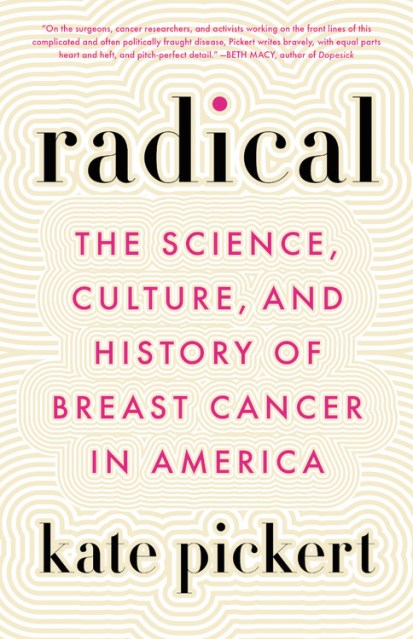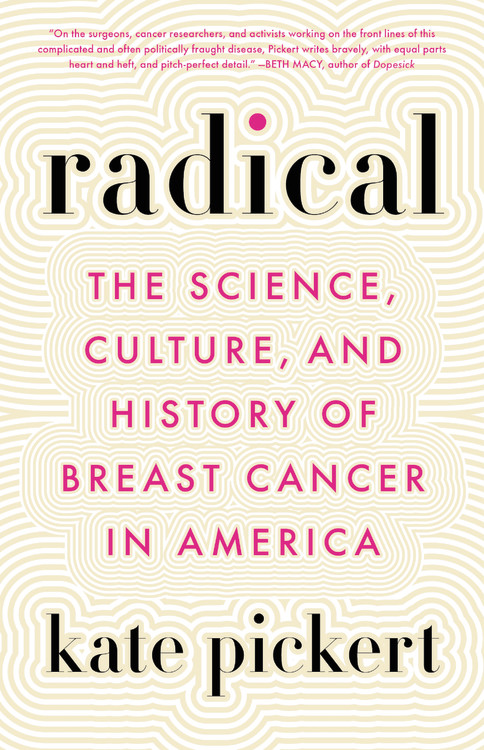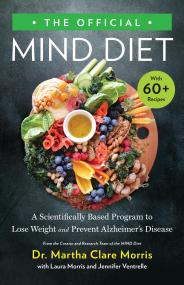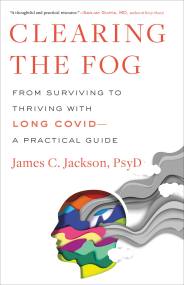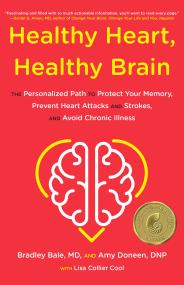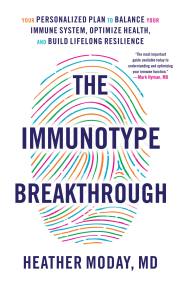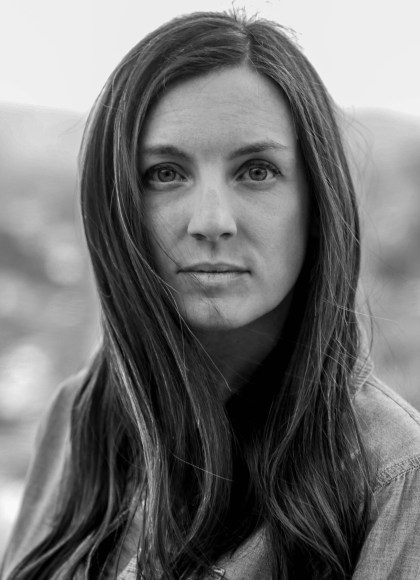Promotion
Use code MOM24 for 20% off site wide + free shipping over $45
Radical
The Science, Culture, and History of Breast Cancer in America
Contributors
By Kate Pickert
Formats and Prices
Price
$17.99Price
$22.99 CADFormat
Format:
- Trade Paperback $17.99 $22.99 CAD
- ebook $12.99 $16.99 CAD
- Audiobook Download (Unabridged)
This item is a preorder. Your payment method will be charged immediately, and the product is expected to ship on or around September 29, 2020. This date is subject to change due to shipping delays beyond our control.
Also available from:
In this “powerful and unflinching page-turner” (New York Times), a healthcare journalist examines the science, history, and culture of breast cancer.
As a health-care journalist, Kate Pickert knew the emotional highs and lows of medical treatment well — but always from a distance, through the stories of her subjects. That is, until she was unexpectedly diagnosed with an aggressive type of breast cancer at the age of 35. As she underwent more than a year of treatment, Pickert realized that the popular understanding of breast care in America bears little resemblance to the experiences of today’s patients and the rapidly changing science designed to save their lives. After using her journalistic skills to navigate her own care, Pickert embarked on a quest to understand the cultural, scientific and historical forces shaping the lives of breast-cancer patients in the modern age.
Breast cancer is one of history’s most prolific killers. Despite billions spent on research and treatments, it remains one of the deadliest diseases facing women today. From the forests of the Pacific Northwest to an operating suite in Los Angeles to the epicenter of pink-ribbon advocacy in Dallas, Pickert reports on the turning points and people responsible for the progress that has been made against breast cancer and documents the challenges of defeating a disease that strikes one in eight American women and has helped shape the country’s medical culture.
Drawing on interviews with doctors, economists, researchers, advocates and patients, as well as on journal entries and recordings collected over the author’s treatment, Radical puts the story of breast cancer into context, and shows how modern treatments represent a long overdue shift in the way doctors approach cancer — and disease — itself.
Genre:
-
"On the surgeons, cancer researchers, and activists working on the front lines of this complicated and often politically fraught disease, Pickert writes bravely, with equal parts heart and heft, and pitch-perfect detail."Beth Macy, author of Dopesick
-
"Bridges the gap between fright and calm, between terror and treatment, between horror and hope...A vital addition to the new canon of cancer books"Sarah Weinman, Medium
-
"Kate Pickert does a great job of using her own story to bring the people and history of breast cancer treatment and advocacy to a modern audience."Susan M. Love, MD, author of Dr. Susan Love's Breast Book
-
"An exhaustive, unflinching, deeply personal report."Kim Hubbard, People
-
"A compassionate, lucid, and well-researched account of historic and ongoing attempts to combat breast cancer."Publishers Weekly
-
"A thoroughly researched and compassionate account of a disease that strikes one in eight American women"Megan O'Neill Melle, Parade
-
"A must-read if you or anyone you know has breast cancer, but also for anyone interested in the less-discussed factors that influence our perception and care for cancer today."Liz Moody, mindbodygreen
-
"Want to learn more about breast cancer? Read this book...Pickert has produced an evenhanded, powerful and unflinching page-turner."New York Times
-
"Balanced, cogent and eye-opening."Barbara Kiser, Nature
-
"Riveting... A remarkable, up-to-the-minute resource."Washington Post
- On Sale
- Sep 29, 2020
- Page Count
- 336 pages
- Publisher
- Little Brown Spark
- ISBN-13
- 9780316470346
Newsletter Signup
By clicking ‘Sign Up,’ I acknowledge that I have read and agree to Hachette Book Group’s Privacy Policy and Terms of Use
